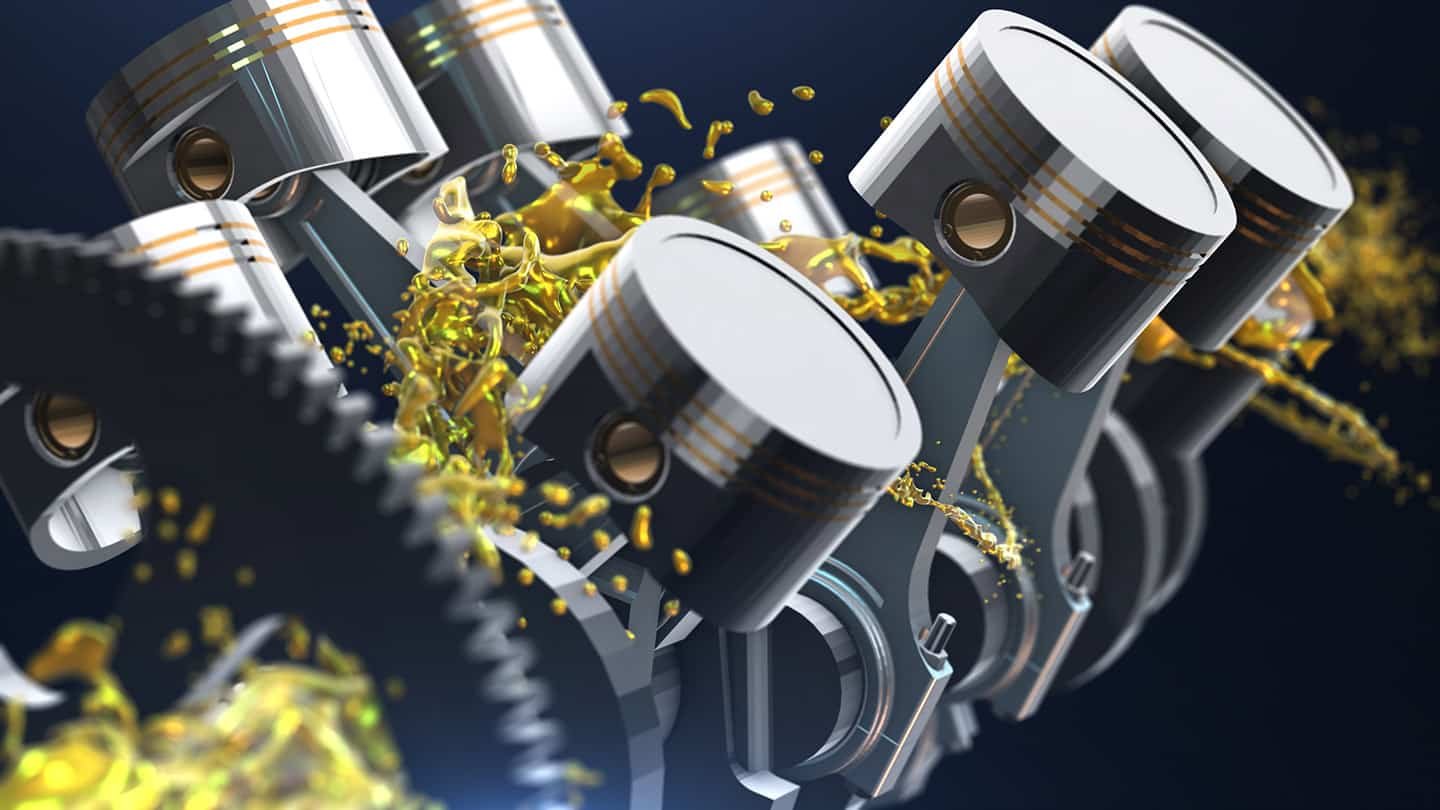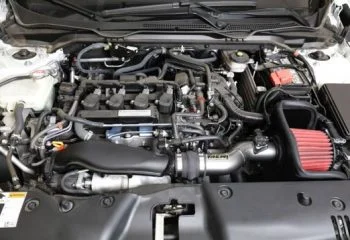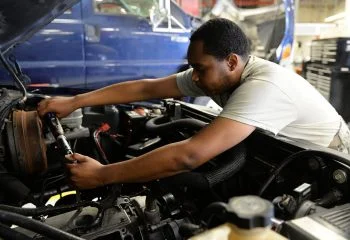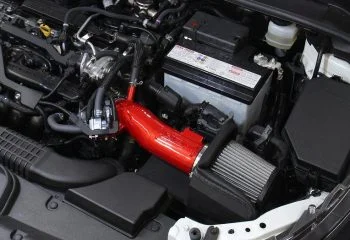The Powerstroke High Pressure Oil pump is an essential component of the Powerstroke engine. It is responsible for supplying high pressure oil to the injectors, and it is vital for maintaining proper engine operation. The pump itself is a simple device, consisting of a pump body, a piston, and a check valve.
If you’re the owner of a 6.0L Powerstroke diesel engine, it’s important to be aware of the symptoms of a high pressure oil pump failure. This can help you avoid an expensive repair bill and keep your vehicle on the road.
6.0 Powerstroke high pressure oil pump failure symptoms can include a decrease in oil pressure, oil leak, loss of power, and diminished fuel economy.
In this post, we’ll discuss the most common 6.0 powerstroke high pressure oil pump symptoms. We’ll also provide tips on how to prevent this type of failure from happening in the first place.
What's in this post?
6.0 Powerstroke high pressure oil pump symptoms
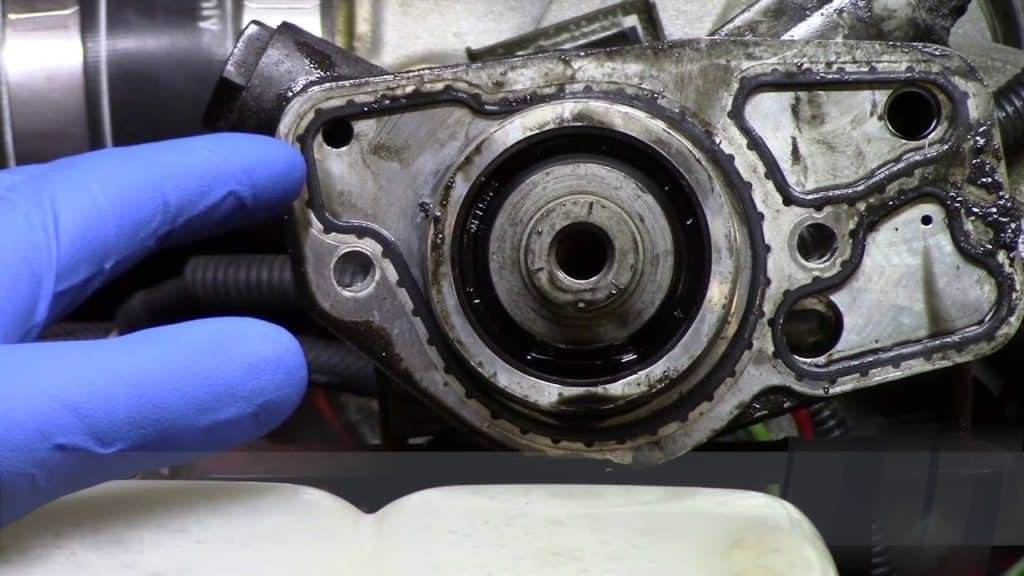
Now that we’ve discussed what the HPOP does in the 6.0 Powerstroke engine, let’s take a look at some of the most common failure symptoms.
Reduce engine performance
High pressure oil pump failure can cause a reduction in engine performance, as well as a number of other issues. The high pressure oil pump is responsible for supplying oil to the injectors at high pressure.
When this pump fails, the oil pressure drops and the injectors are not able to function properly. This can lead to a loss of power and fuel economy.
In addition, the high pressure oil pump failure can also cause the engine to run rough and stall. If you are experiencing any of these issues, it is important to have your vehicle checked by a professional as soon as possible.
Loss of oil pressure
The high pressure oil pump is responsible for delivering oil to the injectors at the correct pressure. If the pump fails, it can no longer generate the necessary pressure, resulting in a loss of oil pressure.
This can lead to serious engine damage if left unchecked. In some cases, the high pressure oil pump may only need to be replaced, but in other cases, the entire engine may need to be rebuilt.
Regardless, it is important to have any loss of oil pressure diagnosed and repaired as soon as possible to avoid further damage to the engine.
Oil leak
There are two main reasons why this pump may fail. First, the pump may develop a crack or break due to age or wear and tear. Second, the pump may become clogged with debris, preventing it from working properly.
Either way, a failed high pressure oil pump can cause an oil leak, which can damage the engine and lead to costly repairs.
Long cranking
This is due to the fact that without enough oil pressure, the injectors will not be able to open and deliver fuel to the cylinders. As a result, the engine will have to work harder to turn over, leading to longer cranking times.
In some cases, the engine may not start at all. If you notice your engine taking longer to start, or if it doesn’t start at all, it is important to have it checked by a professional as soon as possible.
Check engine light
This can happen for a number of reasons, but one of the most common is a clogged oil filter. When the filter gets clogged, it doesn’t allow enough oil to flow through the system and this can cause the high pressure oil pump to fail.
Another cause of high pressure oil pump failure is a loss of prime. This can happen if the truck sits for too long without being used or if there is a leak in the system somewhere.
Either way, it results in the pump not being able to build up enough pressure to properly lubricate the engine. (See Which Engine Component Stores Oil For Lubrication?)
High exhaust gas temperature
The reason for this is that the injectors will not be able to function properly without a sufficient supply of oil.
This can lead to incomplete combustion, which in turn will lead to higher than normal temperatures in the exhaust gas. In some cases, this can even cause the engine to overheat.
Noisy valve train
This is another symptom of high pressure oil pump failure. When the pump fails, it can no longer deliver oil to the top of the engine where it is needed.
As a result, the valves will start to make noise as they operate without proper lubrication. This can be a ticking or knocking sound that gets louder as the engine speed increases.
Loud oil pump
This is usually due to a loss of oil pressure. When the high pressure oil pump fails, it can no longer generate the necessary pressure to lubricate the engine.
As a result, the pump will start to make noise as it tries to work harder. This noise will usually be a loud whining or humming sound that gets worse as the engine speed increases.
Useful read: How Much Oil Can a Bad PCV Valve Burn?
How to diagnose the problem
The high-pressure oil pump in the 6.0 Powerstroke engine is responsible for pressurizing the engine oil and sending it to the injectors. If the pump fails, the engine will not run. There are several symptoms of high-pressure oil pump failure, and diagnosing the problem can be done relatively easily.
First, check the oil pressure gauge. If the needle is not moving or is pointing to zero, this is an indication that the oil pressure is low.
Next, look for leaks in the system. Check all of the hoses and fittings for cracks or leaks. Also, check the oil filter housing for cracks or leaks. If there are any leaks, they must be repaired before proceeding.
If there are no obvious leaks, the next step is to check the oil level. If the oil level is low, add more oil and recheck the pressure gauge. If the pressure gauge still does not move or indicates zero pressure, the high-pressure oil pump needs to be replaced.
How to fix a high-pressure oil pump failure in the 6.0 Powerstroke engine
If the high-pressure oil pump has failed, it will need to be replaced. This is not a difficult task, but it does require some special tools and knowledge.
First, remove the negative battery cable. Next, remove the air intake hose and the turbocharger coolant lines. Then, remove the turbocharger and set it aside.
Remove the valve covers and disconnect the injector electrical connectors. Label each connector so that you can correctly reconnect them later. Then, remove the injectors and place them in a safe location.
Remove the high-pressure oil pump drive shaft by unscrewing the retaining bolt. Then, remove the high-pressure oil pump mounting bolts and take out the old pump.
To install the new pump, reverse the removal process. Make sure to correctly reconnect all of the injector electrical connectors and refill the engine with oil before starting it.
Finally, refill the cooling system and reconnect the negative battery cable.
How much does it cost to replace a high-pressure oil pump?
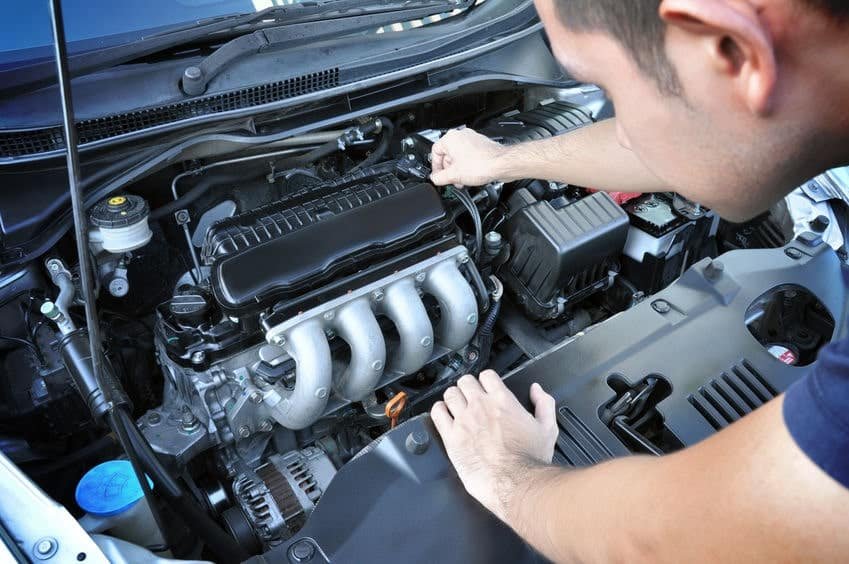
The cost of replacing a high-pressure oil pump will vary depending on the make and model of your vehicle. In most cases, it will cost between $500 and $2500 to have the pump replaced by a professional mechanic.
If you are mechanically inclined, you may be able to replace the pump yourself. Depending on the make and model of your vehicle, the parts will cost between $200 and $500. The labor will take approximately 4 hours to complete and cost from $200 to $2000.
You will also need to purchase some special tools, which can add an additional cost of $100 or more. Therefore, the total cost of replacing the high-pressure oil pump yourself can range from $350 to $1100.
How to prevent high-pressure oil pump failures in the 6.0 Powerstroke engine
The high-pressure oil pump in the 6.0 Powerstroke engine is responsible for pressurizing the engine oil in order to lubricate the moving parts. However, this pump can fail prematurely due to a variety of factors, including corrosion, wear and tear, and poor maintenance.
In order to prevent high-pressure oil pump failures, it is important to regularly check the pump for leaks and damage. The pump should also be replaced if it begins to make noise or if there is a decrease in oil pressure.
In addition, it is important to use the correct type of oil and to change the oil regularly. By taking these precautions, you can help to prolong the life of your high-pressure oil pump and avoid costly repairs.
What is a high-pressure oil pump?
A high pressure oil pump, also known as an HPOP, is a vital component of any diesel engine. The pump is responsible for circulating oil throughout the engine and delivering it to the injectors at high pressures.
Without a properly functioning HPOP, the engine would not be able to run. The vast majority of HPOPs are located on the side of the engine block, and they are driven by a belt from the crankshaft.
Some engines, however, have an electric HPOP that is mounted on the front of the engine. Both types of pumps perform the same function, but they are powered by different means. Regardless of its location or power source, the HPOP is an essential part of any diesel engine.
What does it do in the 6.0 Powerstroke engine
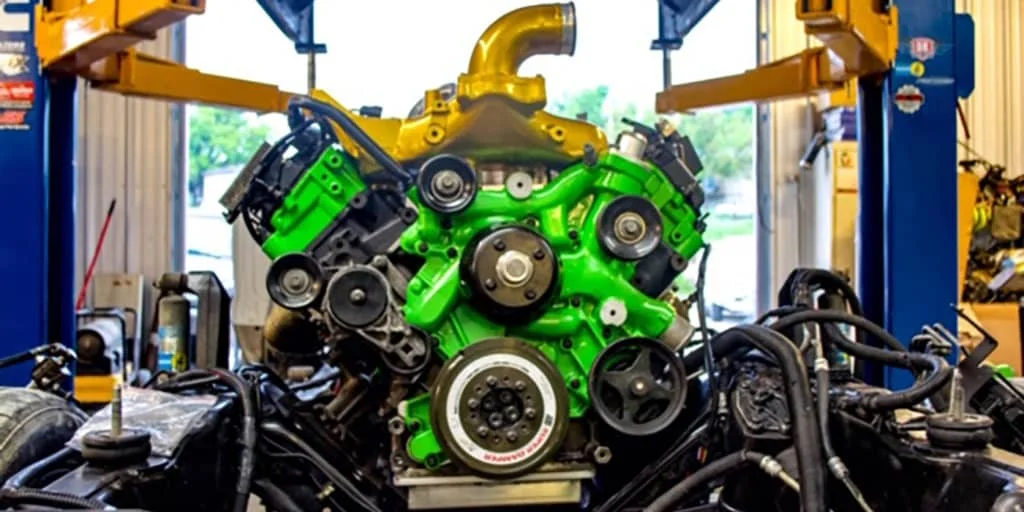
The high pressure oil pump in the 6.0 Powerstroke engine is responsible for pumping oil to the injectors at high pressure. The high pressure is necessary in order to atomize the fuel properly and ensure a clean burn.
The pump is located on the back of the engine and is driven by the timing chain. It consists of a housing, a rotor, and a stator. The housing contains oil galleries that distribute oil to the injectors.
The rotor is connected to the timing chain and spins at half the speed of the crankshaft. The stator is mounted in the housing and contains vanes that direct oil to the rotor. As the rotor spins, it pumps oil through the vanes and into the injectors.
What causes high-pressure oil pump failures in the 6.0 Powerstroke engine?
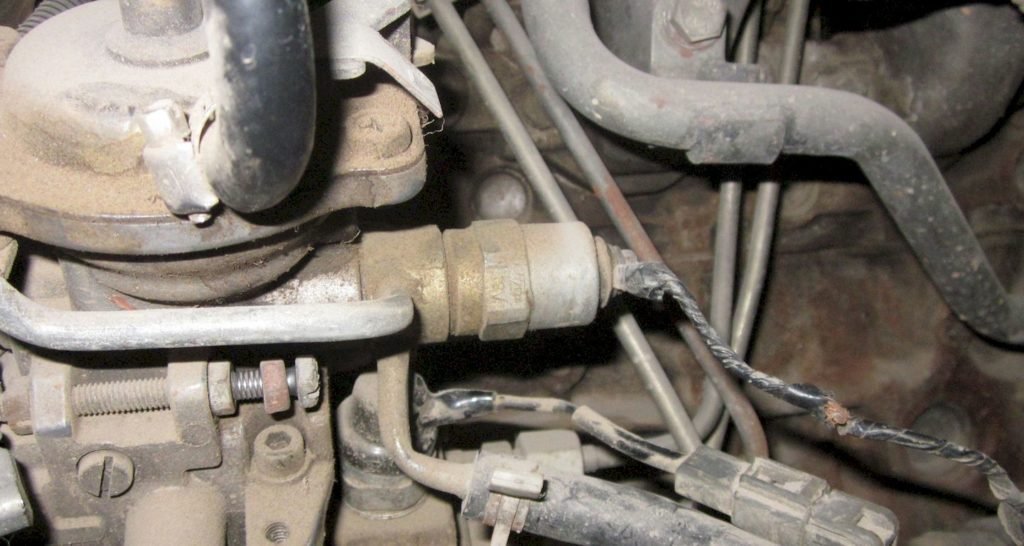
There are several potential causes of high-pressure oil pump failure in the 6.0 Powerstroke engine.
One is inadequate lubrication, which can lead to pump seizure and failure. This can be caused by an oil leak, insufficient oil level, or dirty or contaminated oil.
Another potential cause is the contamination of the high-pressure oil system, which can clog the pump and cause it to fail. This can be caused by dirt, water, or debris entering the system.
Plus, the high-pressure oil pump can fail due to wear and tear over time. This is typically seen in older engines that have high mileage.
Finally, excessive heat can also cause high-pressure oil pump failure. This can be due to overloading of the engine, extended idling, or other factors.
FAQs
What happens when the high pressure oil pump goes out?
When the high pressure oil pump goes out, the engine will not run. This is because the high pressure oil pump is responsible for supplying oil to the engine. Without this pump, the engine will not receive the oil it needs to function properly. In addition, the high pressure oil pump is also responsible for maintaining the correct amount of oil pressure in the engine.
This is essential for ensuring that the engine runs smoothly and efficiently. without the high pressure oil pump, the engine will be less efficient and may eventually seize up completely. As a result, it is important to get the high pressure oil pump repaired or replaced as soon as possible if it goes out.
How do you test a high pressure oil pump on a 6.0 Powerstroke?
To test the high pressure oil pump, you will need a fuel pressure gauge, a test light, and a drill. First, connect the fuel pressure gauge to the fuel supply line and start the engine.
Next, use the drill to turn the high pressure oil pump shaft at least three full rotations. The fuel pressure gauge should register a reading of at least 60 psi.
If it does not, then the pump needs to be replaced. Finally, use the test light to check for power at the high pressure oil pump connector. If there is no power, then the connector needs to be replaced.
How much oil pressure does a 6.0 Powerstroke need to start?
The amount of oil pressure needed to start a 6.0 Powerstroke varies depending on the conditions. In cold weather, the engine will require more oil pressure to start than in warm weather. However, as long as the engine has at least 500 psi of oil pressure, it should be able to start successfully.
If the engine does not have enough oil pressure, it may run rough or stall once it is started. Therefore, it is important to check the oil pressure before starting the engine, especially in cold weather. If the oil pressure is low, add more oil or have the engine checked by a professional.
How often does an oil pump fail?
Most oil pumps will last for 60,000 to 70,000 miles before they need to be replaced. However, if the pump begins to fail sooner than this, it may be due to a problem with the manufacturing process or incorrect installation.
In either case, it is important to have the pump replaced as soon as possible to avoid engine damage.
Will a bad oil pump make a knocking noise?
If your car’s oil pump is failing, it can cause a knocking noise. The oil pump is responsible for circulating oil throughout the engine, and if it’s not working properly, the engine will start to knock.
Additionally, a failing oil pump can cause the engine to overheat, which can lead to even more serious problems. If you think your car’s oil pump might be failing, it’s important to take it to a mechanic right away.
A bad oil pump can cause major engine damage if it’s not fixed, so it’s best to catch the problem early.
What does a faulty oil pump sound like?
A faulty oil pump will usually make a loud noise when the engine is first started. This is because the pump is not able to build up enough pressure to properly lubricate the engine. As a result, the engine will often make a grinding or knocking sound as it tries to run without proper lubrication.
In some cases, the engine may also stall or refuse to start altogether. If you suspect that your oil pump is failing, it is important to have the problem diagnosed and repaired as soon as possible. Otherwise, you may end up causing serious damage to your engine.
Can an oil pump get clogged?
Yes, an oil pump can become clogged over time. This is typically due to a build-up of debris and sludge within the pump. When this happens, the pump cannot properly circulate oil throughout the engine, causing it to overheat.
In some cases, a clogged oil pump may also cause lubrication issues, leading to increased wear on engine components. If you suspect that your oil pump is clogged, it is important to have it checked by a qualified mechanic as soon as possible. Ignoring the problem can cause serious damage to your engine.
How do you check a low-pressure oil pump on a 6.0 Powerstroke?
There are a few ways to check the low pressure oil pump on a 6.0 Powerstroke. First, check the oil level in the engine. If the oil level is low, it could be an indication that the low pressure pump is not working properly.
Next, check the voltage at the low pressure pump connector. If the voltage is low, it could also be an indication of a problem with the low pressure pump.
Finally, check for any leaks in the system. If there are any leaks, they will need to be repaired before the system can be properly checked.
Final words
The 6.0 Powerstroke high pressure oil pump is a critical component of the engine and should be kept in good condition to ensure your truck runs smoothly. If you are experiencing any problems with your truck, it is important to troubleshoot the issue and determine if the high pressure oil pump is causing the problem.
The 6.0 Powerstroke high pressure oil pump symptoms can be difficult to diagnose without the proper equipment and knowledge. Symptoms of a faulty HPOP include low power, lack of performance, and engine noise, etc. If you are experiencing any of the symptoms we’ve listed, it is important to take your truck in for service as soon as possible.
Failing to do so may result in further engine damage and could eventually lead to a complete engine failure. By being aware of the signs, you can take steps to prevent or minimize damage to your engine.

